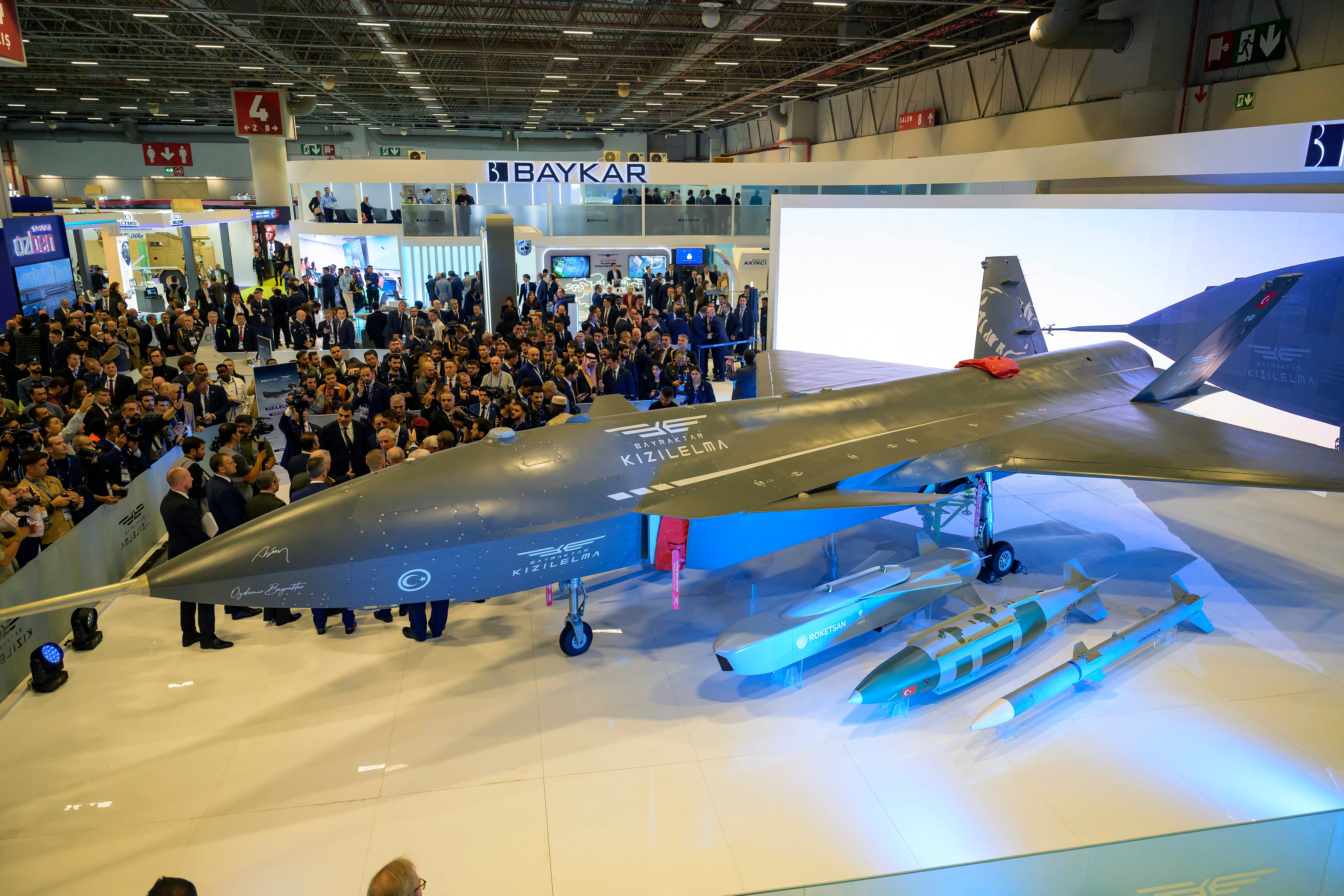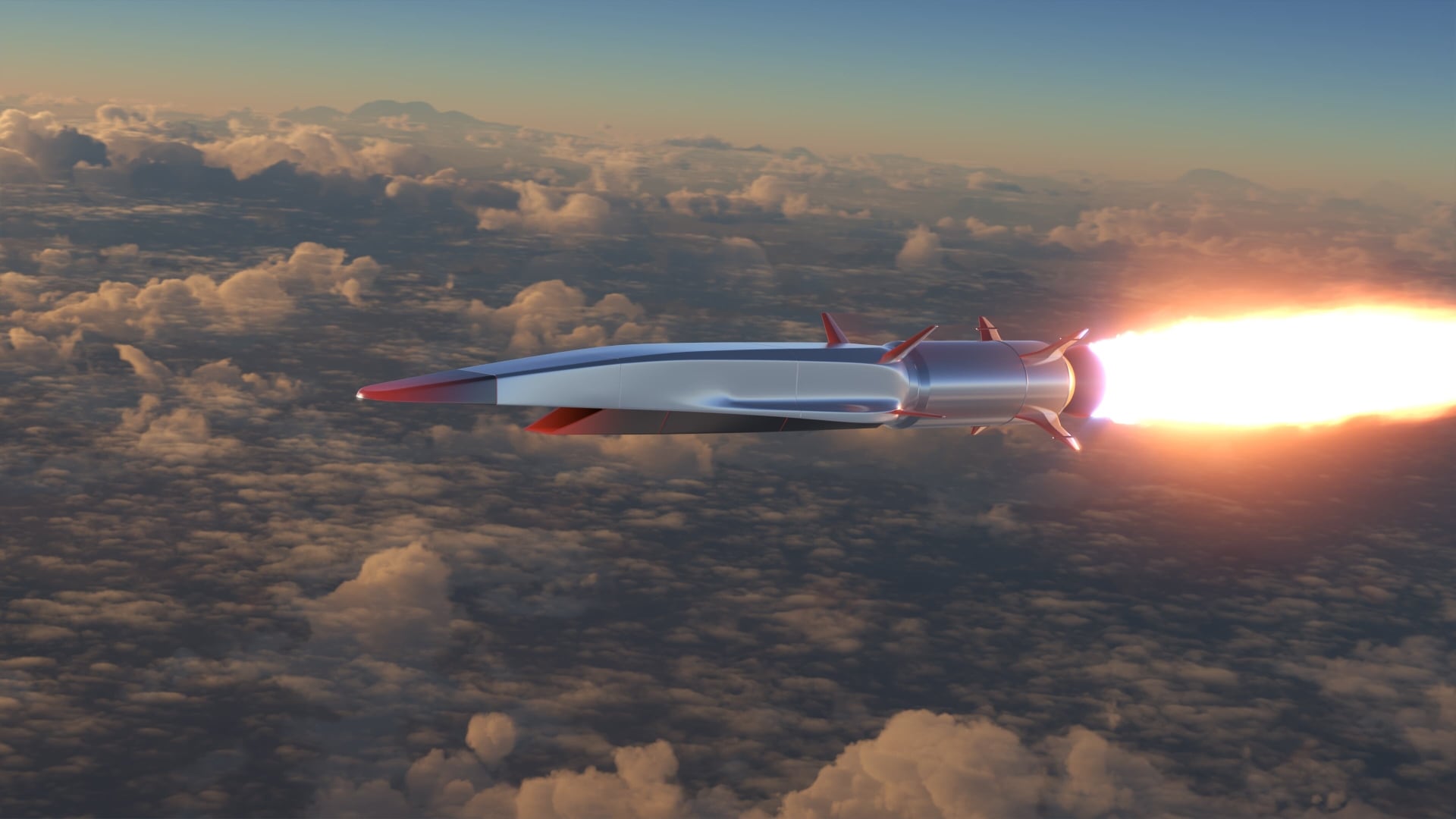WASHINGTON — A new broad agency announcement shows that the Pentagon’s top research arm wants to work with industry to develop technology that can track adversarial influence operations across social media platforms.
The announcement from the Defense Advanced Research Projects Agency (DARPA) for a project called INfluence Campaign Awareness and Sensemaking (INCAS) will use an automated detection tool to unveil influence operations online.
“INCAS tools will directly and automatically detect implicit and explicit indicators of geopolitical influence in multilingual online messaging to include author’s agenda, concerns, and emotion,” the BAA reads.
The BAA comes as the federal government seeks solutions to defend against foreign influence campaigns, particularly surrounding political campaigns, that aim to sow discord among Americans with inflammatory messages.
“The US is engaged with its adversaries in an asymmetric, continual, war of weaponized influence narratives. Adversaries exploit misinformation and true information delivered via influence messaging: blogs, tweets, and other online multimedia content. Analysts require effective tools for continual sensemaking of the vast, noisy, adaptive information environment to identify adversary influence campaigns,” the BAA reads.
RELATED

Through the project, DARPA seeks to improve upon current social media tools to track influence operations. The current tools, the solicitation reads, requires a major manual effort in which analysts have to sift through “high volumes” of messages and decide which ones are relevant and gaining traction, using tools for digital marketing.
“These tools lack explanatory and predictive power for deeper issues of geopolitical influence,” the solicitation reads. “Audience analysis is often done using static, demographic segmentation based on online and survey data. This lacks the flexibility, resolution, and timeliness needed for dynamic geopolitical influence campaign detection and sensemaking.”
The program has five technical areas. Technical area one focuses on using automated influence detection to enable analysts to analyze influence campaigns. The second area will “dynamically segment" the population that is responding to influence campaigns, and identify “psychographic attributes relevant to geopolitical influence,” such as “worldviews, morals and sacred values.”
The INCAS tool’s third technical area will assist analysts in linking influence indicators and population response over time across several platforms, in order to capture influence campaigns as they evolve over time. The fourth area will create infrastructure to provide data feeds from online sources to the other three technical areas, and the final technical area will conduct technology evaluations and will not be competed as part the the BAA.
DARPA expects multiple awards for technical areas one and two, and single awards for technical areas three and four. Abstracts are due Nov. 17, 2020, with proposals due Jan. 8, 2021. Awards will be made around July 2021 using standard procurement contracts or Other Transaction Agreements.
Andrew Eversden covers all things defense technology for C4ISRNET. He previously reported on federal IT and cybersecurity for Federal Times and Fifth Domain, and worked as a congressional reporting fellow for the Texas Tribune. He was also a Washington intern for the Durango Herald. Andrew is a graduate of American University.








